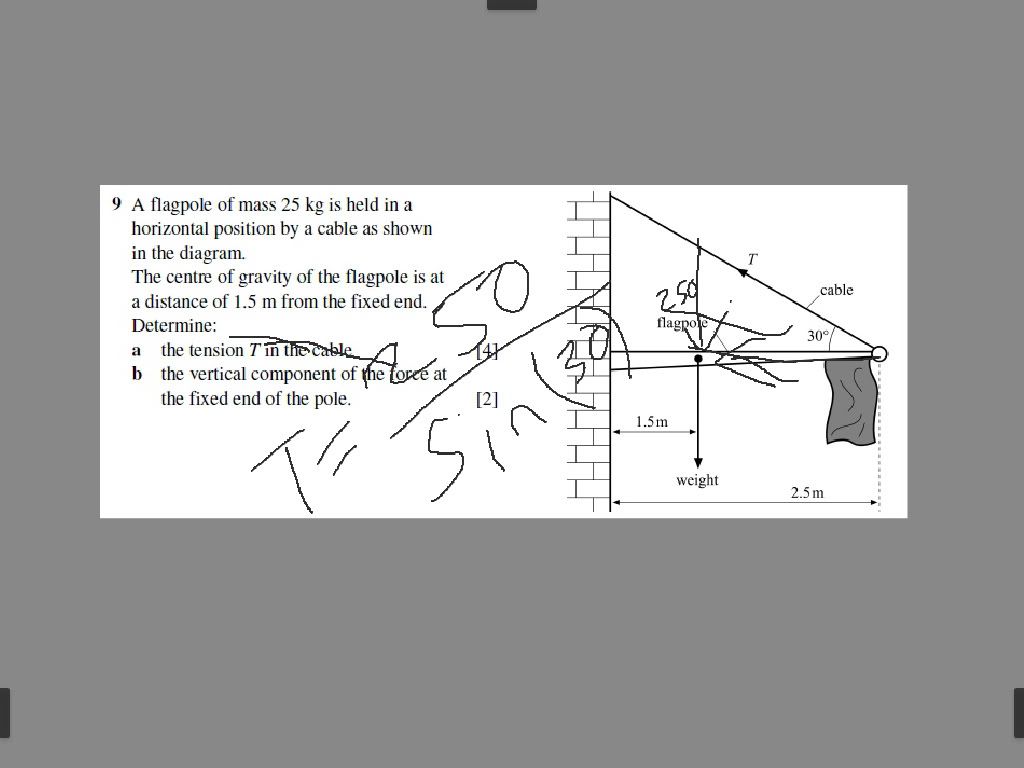- Messages
- 6
- Reaction score
- 0
- Points
- 11
no budy im talking about "teachers resource CD ROM" it has answrs to end of chapters and exam style questions. i have the other cd i.e Coursebook CDi have dat cd worksheets nd ms which comes along with the chadha's Cambridge endorsed buk..let me know if u need it.
